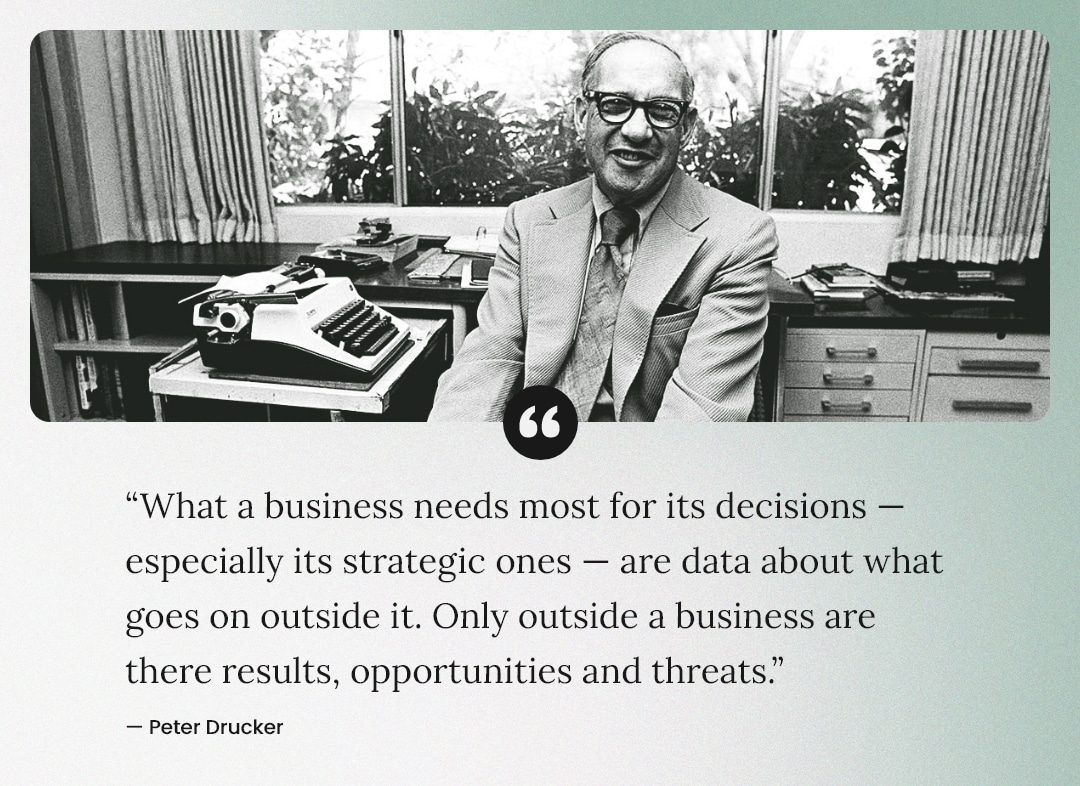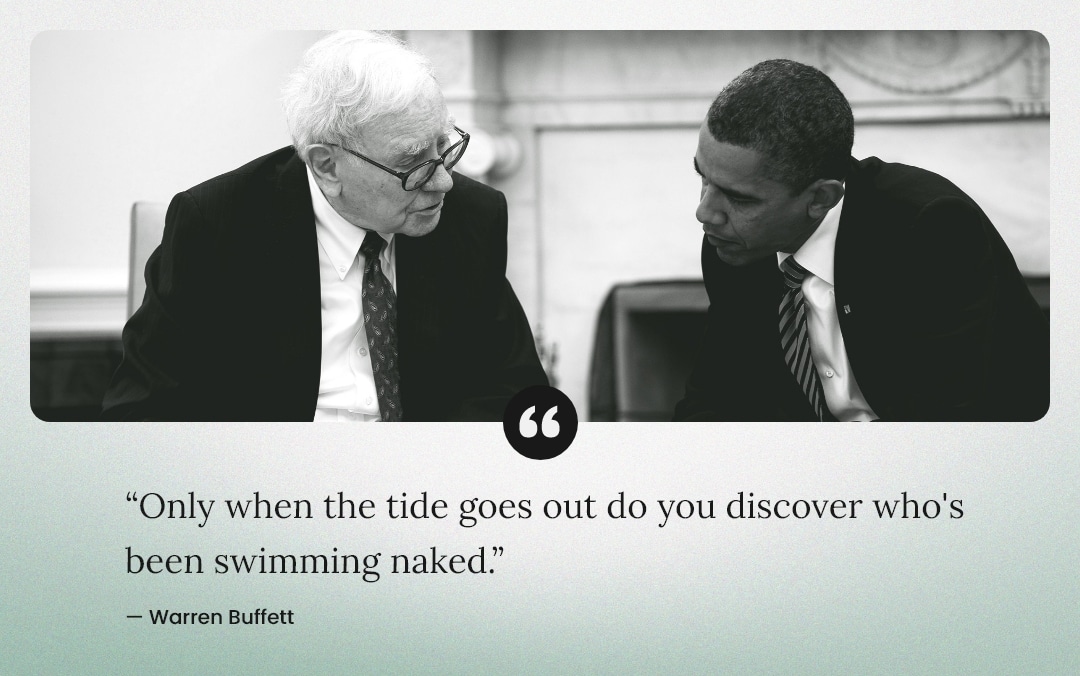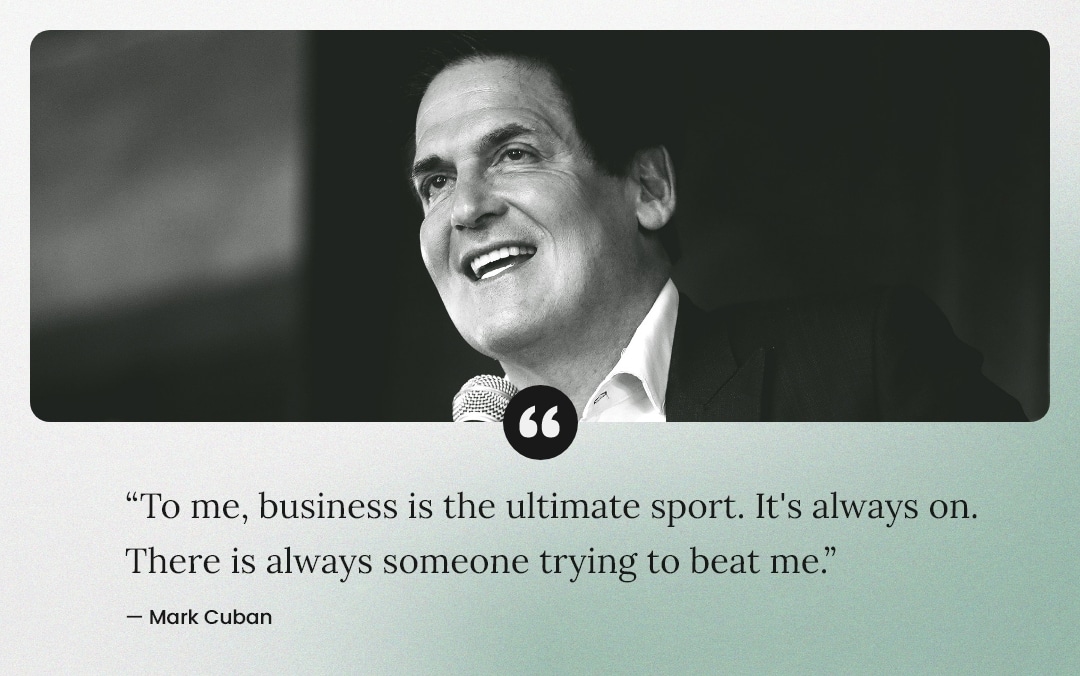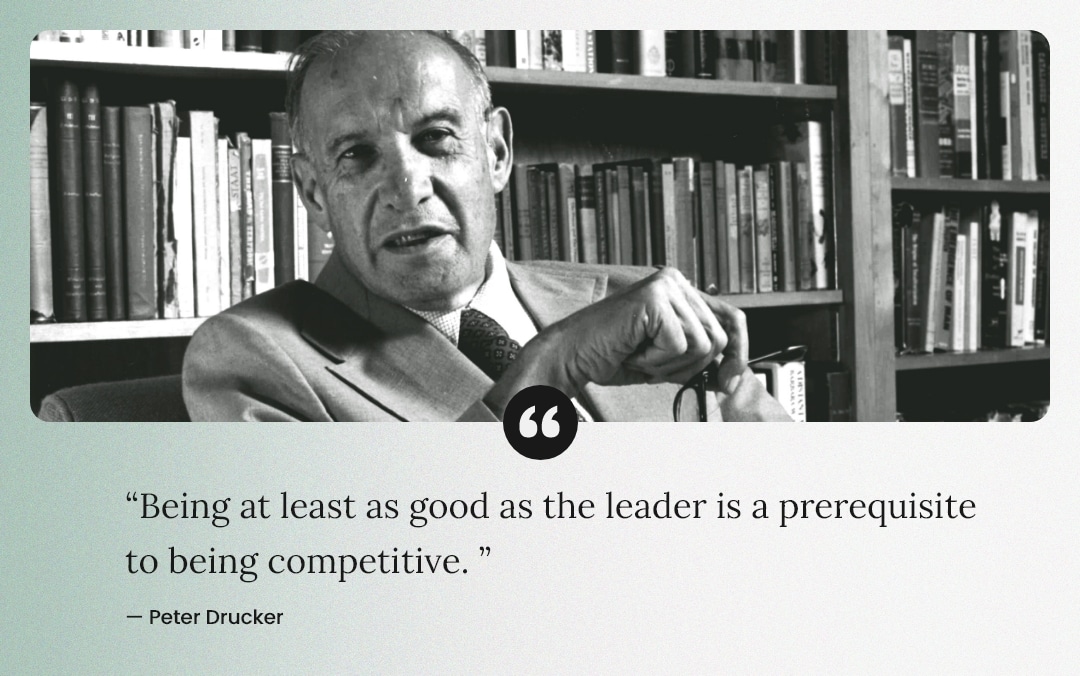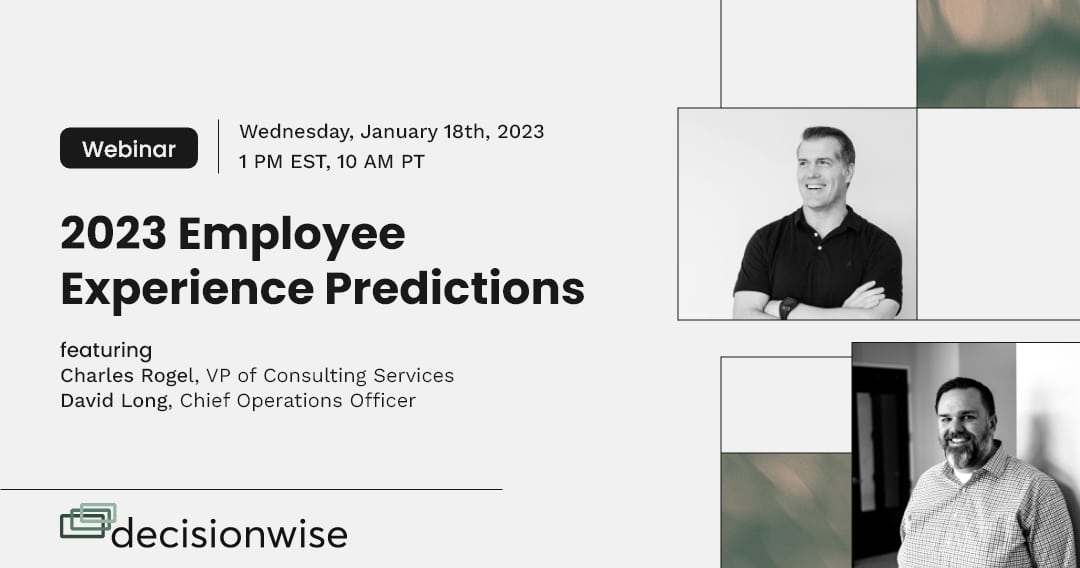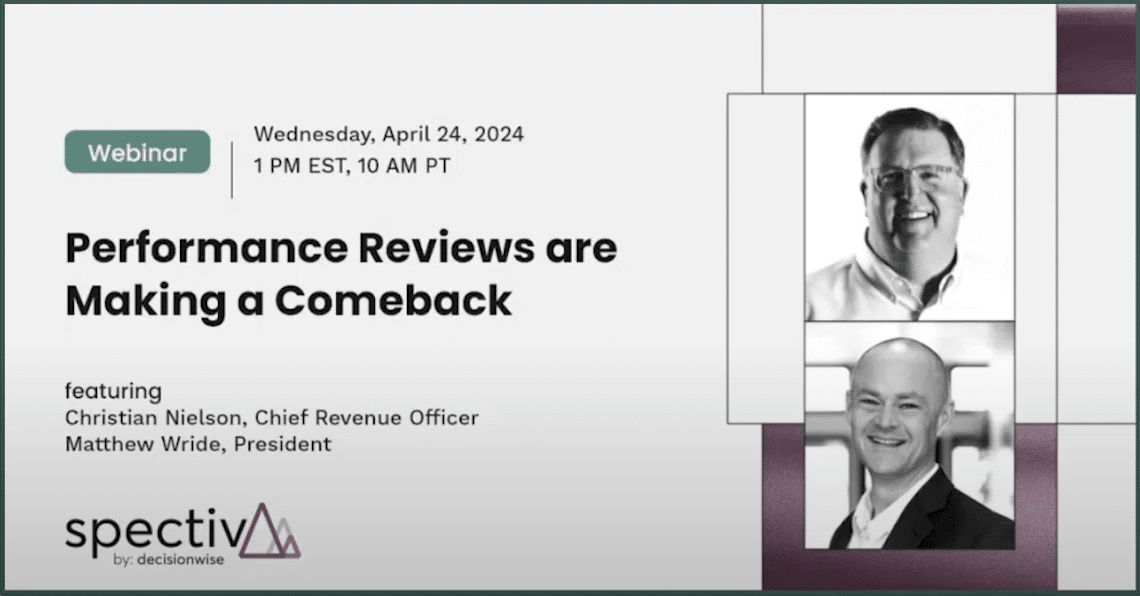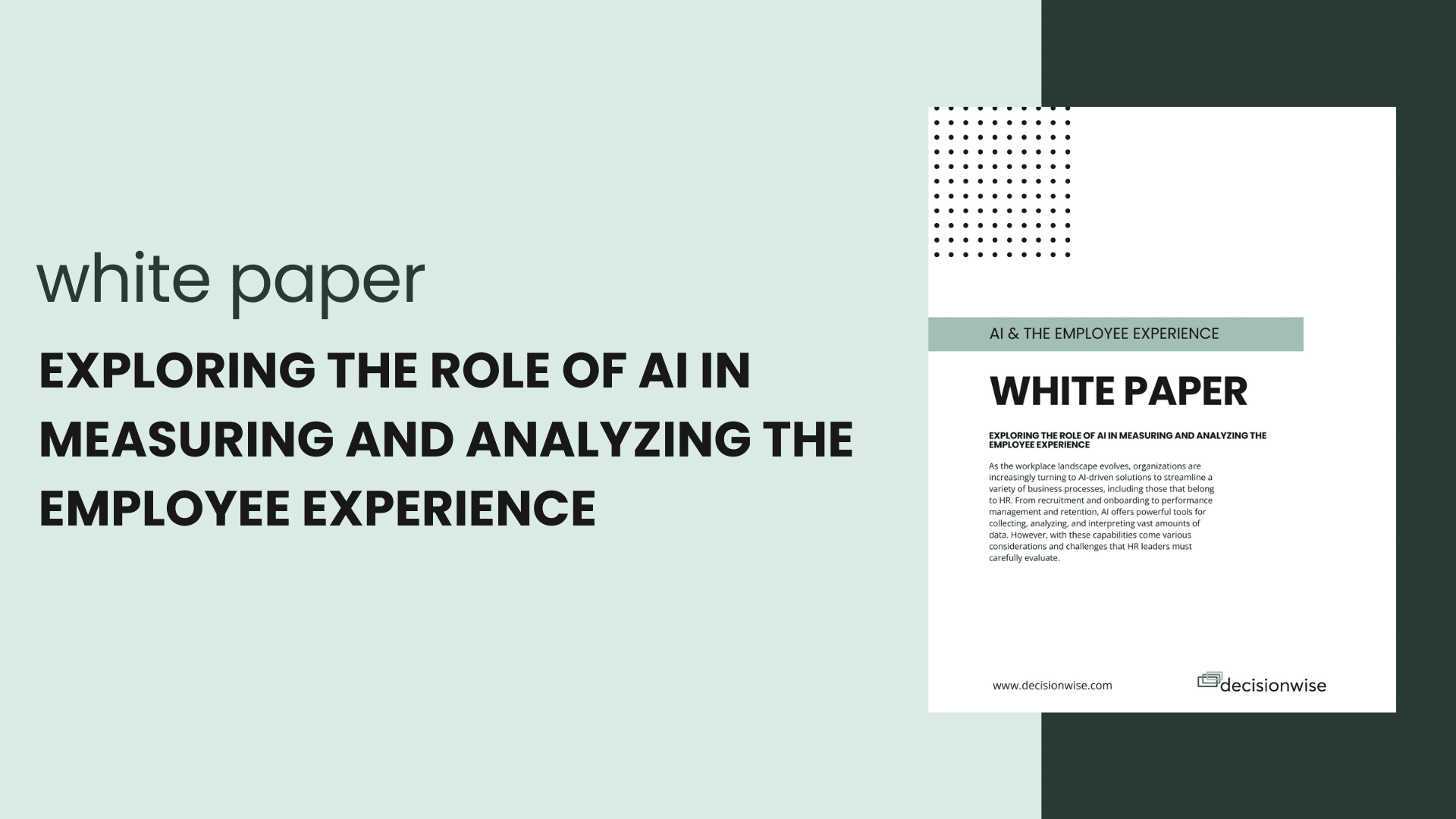Tidbits
Are benchmarks actually helpful? Today’s featured discussion will dive into that question.
Brilliant in the Basics
Did you know that bridging expectation gaps can improve your team’s employee experience?
A common area of frustration inside teams is expectation gaps.
Expectation gaps occur when one side believes the other person is going to do something, but the other person either (1) has no intention of performing and does not communicate this fact, or (2) is unaware of the other’s expectations and fails to perform as expected.
It is scenario #2 that is the most problematic inside teams.
As a manager, have you clearly articulated your expectations, and do you review them regularly with your team members?
Brilliant in the Basics Tip: The first step in aligning expectations is to write down and review your expectations. This forces us to be very specific about what we expect. Then at each 1×1 with those you lead, set aside time to discuss expectations and ensure alignment. Begin bridging those gaps!
What You Might Have Missed From DecisionWise
- Ever wondered what type of Survey Vendor is right for your company? Matt Wride answers that question in this article.
- Now is the time to sign up and become a certified 360 degree feedback coach with DecisionWise. The March session will be held over two dates-March 16th & 23rd. Click here for more info.
- We’ve got some 2023 Employee Experience Predictions. If you missed the webinar, you can still catch the recording on YouTube.
- Southern Champion Tray is an amazing client. Read about their success in the most recent case study.
- If infographics are your thing, we’ve got another one for you: 10 Signs That It’s Time to Stop Analyzing and Start Deciding.
- Check out this article with 5 Employee Experience Trends for 2023.
- Each year Decisionwise releases their Employee Engagement Top Performers Awards. We are excited to share that the 2022 results are in and have been published!
JANUARY WEBINAR
In case you missed our January webinar, it is now available to watch on demand!
Featured Discussion: Nine Issues to Consider When Using Benchmarks
Introduction
In our business, we process a lot of surveys and assessments. As expected, we are often asked about benchmarks and how best to use them. Certainly, they are a useful way to see if your organization is on the right track. We sometimes, however, find that clients become fixated on external benchmarks instead of focusing on the problems to be solved.
Here are nine issues to consider when using and analyzing benchmarks inside your organization:
#1 Benchmarking ignores first principles. Benchmarking is primarily an exercise of imitation instead of innovation. As Elon Musk has observed, creativity is handcuffed “when we reason by analogy”, when all we do is tweak our prior practices. This is why he advocates creating from “first principles.” i
First principles require a designer to ask fundamental questions without referencing what has been done in the past. “What is the true nature of the problem we face, and how can we solve this problem?” What others have done to tackle the problem in the past, or what they might be doing right now, should not matter. The goal is to find the right solution regardless of history.
By definition, benchmarks are about analogy instead of first principles.
#2 Benchmarks lull us into thinking we have accomplished something. For example, we hear leaders say, “We are only 1 point below the industry average.” Yet, their organization did not do anything different than the year before. The only thing that changed was the score, which, statistically speaking, happens all the time.
#3 Benchmarks focus only on the visible spectrum. Hidden solutions or problems unique to your organization are not uncovered through an external benchmark. In this sense, you have no real sense about causation, as the real drivers of success might be something the benchmark does not even measure.
#4 Benchmarks provide the observer with data that is limited to the past. It must be noted that all benchmarks are time-bound and only offer insights into the past. As a result, when a benchmark merely provides a backward perspective, its overall utility is restricted.
#5 Benchmarks fail to consider culture. According to the research firm Gartner, how people act in the workplace spans industries and geographies. ii A myopic focus on industry benchmarks may lead an organization to assume it is better or worse than it is.
By relying heavily on industry benchmarks, a leadership team may fail to consider what more innovative companies might be doing to inspire and guide their employees simply because those companies are not included in a benchmark’s profile.
#6 Benchmarks don’t tell us what others are doing. Benchmarks provide no specific information on how to improve since they are silent on the precise steps other leaders took to achieve their results.
One is left guessing as to how a successful organization achieved its high-scoring benchmark. Guessing may be a seductive trap; it’s fun. Yet, instead of carefully considering fresh ideas for improvement, we engage in a trial-and-error process – hoping merely to replicate.
#7 Benchmark metadata is limited. A benchmark rarely provides information about sample size, question quality, instrument reliability, or other statistical best practices. A benchmark (whether strong or weak) is frequently the result of the data-gathering process rather than offering an accurate snapshot of employee engagement.
Also, benchmarks typically don’t tell you how the benchmark profile is constructed. What companies are included? How old is the data? Did external market forces impact the benchmark, such as a national or local real estate downturn? Was a company that was included in the benchmark simply lucky in its success?
All these issues introduce uncertainty into the benchmark’s overall utility.
#8 Benchmarks sometimes lead to isolated thinking. The process of overseeing, leading, and managing an organization is a system – an integrated process. Individual management approaches adopted from others may not fit into an organization’s existing leadership philosophy or culture. As a result, borrowing isolated management concepts may have unforeseen, or even harmful repercussions
#9 Benchmarks are not a real person. Do benchmarks know and understand your business? Obviously, no! Again, as noted, benchmarks are backward-looking snapshots that cannot possibly appreciate the intricacies that surround your company’s key objectives.
Conclusion
When I think about benchmarks, I am reminded of the highway construction sign that reads, “proceed with caution.” Yes, benchmarks are certainly useful and have a place in modern management practice. But when it comes to your organization’s employee engagement and employee experience initiatives, your own data is significantly more valuable than outside benchmarks.
Your goal is to improve and innovate, not to simply outperform others. As Elon Musk teaches, you cannot truly innovate if you are constantly focused on what others have done rather than freeing yourself to think differently and creatively about the solution.
HR News Roundup
Here are some of the top EX/HR articles from the last few weeks:
- To Keep Employees, Be Tech-Forward (Appleby, Chief Executive)
- Today’s Most Critical Workplace Challenges Are About Systems (Praslova, HBR)
- The 250 Best-Managed Companies of 2022 (WSJ)
- There’s a business case for human-centric leadership: higher performance (Burton, Confino, Fortune)
- What Happens If You Neglect Experience Management? (Kallio, CEOworld Magazine)
- Journey mapping: A key to improving the employee experience (Romanosky, Benefits Pro)
- What HR gets wrong when it comes to using EX data (Colletta, HR Executive)
- Executives Are Increasingly More Engaged at Work, While Employee Engagement is Stagnant (Qualtrics)
- 15 Effective Ways To Get Employees To Open Up During One-On-Ones (Panel, Forbes Council)
- Case Study: People Analytics Unearth Valuable Insights on PTO (Lewis, SHRM)
- The Employee Experience Matters: A Key Focus For HR In 2023 (Rozon, Forbe HR Council)
- 9 Future of Work Trends For 2023 (Gartner)
- HR’s new operating model (McKinsey)
- For employers, the big issue in 2023 is employee experience, says ZipRecruiter’s Julia Pollak (CNBC TV) (Video)
- Chipotle CEO Brian Niccol is betting that revamping the employee experience is the fast-casual chain’s ticket to success (Lebowitz, Business Insider)
- 10 Top Business Leaders Reveal How To Improve Employer-Employee Relationships In 2023 (Robinson, Forbes)
- Four Ways to Foster Connection and Support Your Employees’ Experience (Pandit, Newsweek)
- Report: ‘HR Is Simply Too Much Work” (Gurchiek, SHRM)
- Kellogg Company’s People Analytics drive a winning culture by design, not default (Newswire)
- If You Have Employees, Then You Need An Employee Experience Program (Franz, Customer Think)

